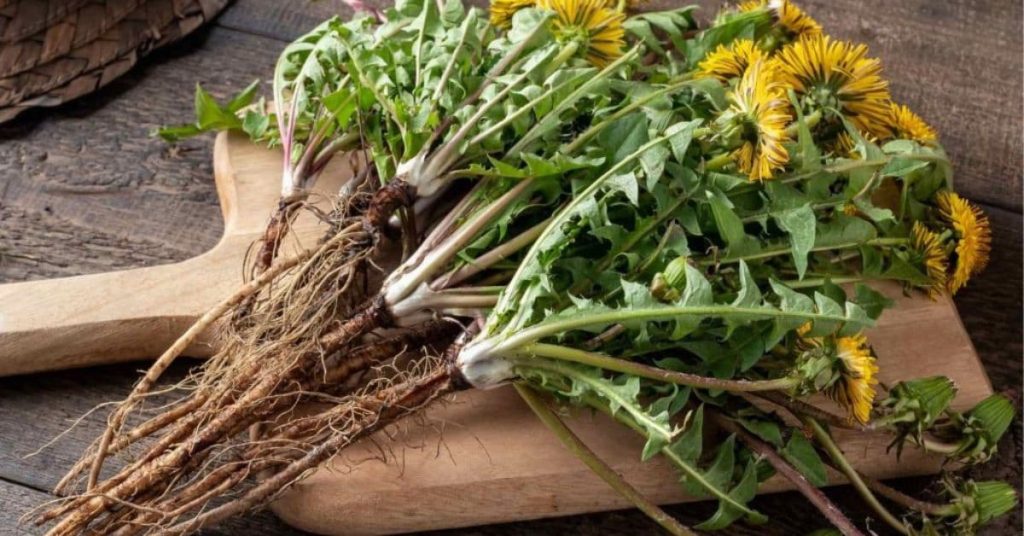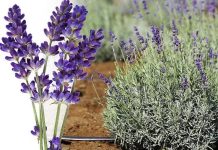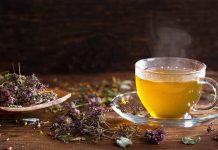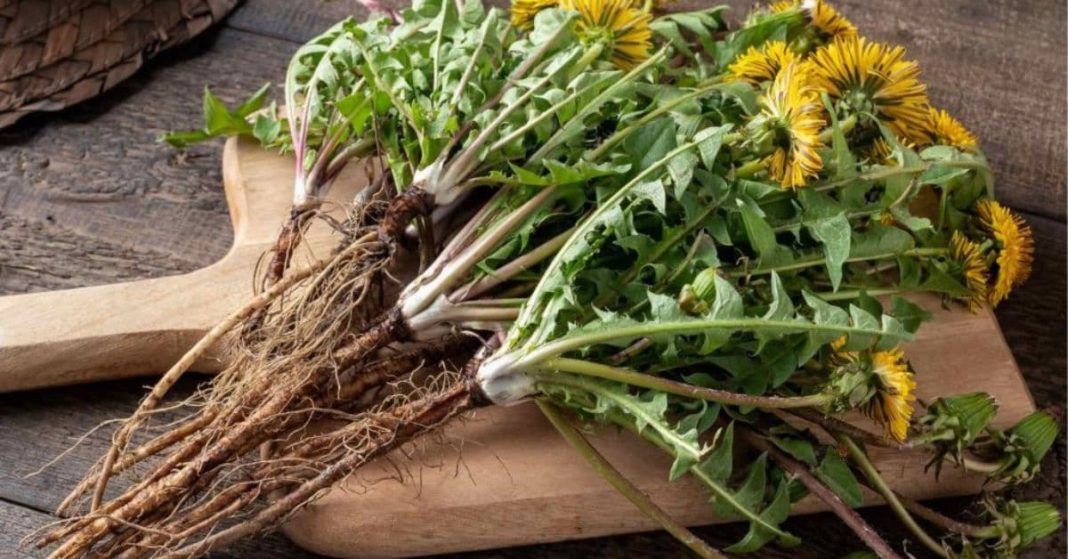For centuries, folk healers across villages in Europe, the Caucasus, and the Mediterranean have turned to nature to treat liver-related ailments. In traditional medicine, the liver is viewed not only as a physical organ but also as the body’s natural “filter,” responsible for processing emotions, food, and toxins. When overloaded—whether by diet, stress, or environmental exposure—folk wisdom advises detoxification through specific herbs, teas, and foods.
This article explores traditional liver detox remedies still used in rural regions today, especially in Georgia, Bulgaria, Romania, and parts of the Balkans. These age-old recipes rely on bitter herbs, wild plants, and seasonal cures that reflect generations of knowledge passed down through word of mouth and lived experience.
1. Dandelion Root and Leaves (Taraxacum officinale)
Used across Eastern Europe and the Caucasus, dandelion is one of the most trusted liver tonics in folk medicine. In spring, villagers collect both the roots and leaves for detox teas and tonics.
How it works:
Dandelion stimulates bile production and helps flush toxins from the liver. The root aids in digestion, while the leaves act as a gentle diuretic, assisting in the elimination of waste through the kidneys.
Traditional Recipe:
- Clean and chop fresh dandelion root and leaves
- Add 1 tablespoon to 250 ml boiling water
- Simmer for 10 minutes, strain, and drink once or twice a day for a week
Often, the tea is consumed first thing in the morning on an empty stomach.
2. Milk Thistle Seeds (Silybum marianum)

In the Balkans and parts of southern Ukraine, milk thistle has been used since medieval times. Village healers would grind the seeds into powder and mix them into warm water or yogurt.
How it works:
Milk thistle contains silymarin, a compound shown to regenerate liver cells and protect against toxin-induced damage. It’s often used after heavy eating, alcohol consumption, or illness.
Traditional Recipe:
- Crush one teaspoon of milk thistle seeds
- Mix with warm water or kefir
- Drink once a day before meals for 10 days
3. Beetroot Kvass (Fermented Beet Tonic)
Originating from Slavic tradition, beet kvass is both a digestive aid and a powerful liver cleanser. Villagers across Ukraine, Belarus, and Russia prepare it regularly, especially in early spring.
How it works:
Beets support bile flow, oxygenate the blood, and help reduce fatty deposits in the liver. Fermentation enhances their probiotic content, which supports gut and liver health together.
Traditional Recipe:
- Peel and chop 2–3 raw beets
- Place in a glass jar with 1 teaspoon salt and filtered water
- Cover and ferment for 3–5 days at room temperature
- Drink 50–100 ml daily on an empty stomach
This sour, earthy drink is often consumed in small amounts but consistently over several days.
4. Wild Artichoke Tea
In rural parts of the Mediterranean and the Black Sea coast, artichoke leaves are boiled into bitter tea. Though less known today, this was a staple remedy for liver stagnation and digestive heaviness.
How it works:
Artichoke leaves help stimulate bile secretion and improve fat metabolism, both essential functions of the liver. Its bitterness is key to its effectiveness.
Traditional Recipe:
- Boil a handful of dried or fresh artichoke leaves in 500 ml water
- Simmer for 10 minutes
- Strain and drink half before meals, twice a day
The tea has a strong, bitter taste, which traditional healers believed was necessary for liver activation.
5. Lemon and Olive Oil Morning Cleanse
A well-known remedy in Greece, Turkey, and Georgia involves drinking a mix of lemon juice and cold-pressed olive oil in the morning. It’s said to “flush the liver” and stimulate gallbladder activity.
How it works:
Lemon supports detox pathways and offers vitamin C, while olive oil stimulates bile flow and has anti-inflammatory properties.
Traditional Recipe:
- Mix 1 tablespoon olive oil with 1 tablespoon fresh lemon juice
- Take on an empty stomach, 15–30 minutes before breakfast
- Continue daily for 7–10 days
Some folk variations add a pinch of black pepper or ginger for additional stimulation.
6. Herbal Blend: St. John’s Wort, Peppermint, and Yarrow
In parts of Transylvania and rural Armenia, healers combined local herbs into liver-soothing infusions. A common mix includes St. John’s Wort (for liver inflammation), peppermint (for digestion), and yarrow (to support bile flow).
Traditional Usage:
- Mix equal parts of dried herbs
- Use one tablespoon per cup of boiling water
- Steep for 10 minutes, drink one cup in the evening for one week
This gentle blend is particularly recommended after periods of overeating or stress.
7. Folk Wisdom on Liver Health
Beyond herbal recipes, folk healers also stressed lifestyle principles:
- Eat lightly during detox days: soups, vegetables, and broths
- Avoid fried or heavily salted food
- Walk in nature to stimulate “inner wind” and release tension
- Sleep early and avoid emotional strain during detoxification
In many regions, springtime was considered the ideal season for liver cleansing, aligning with the body’s natural rhythm of renewal.
Traditional liver detox remedies, rooted in folk medicine, offer a gentle, effective way to support the body’s natural healing systems. With herbs like dandelion, milk thistle, beetroot, and lemon, these time-honored cures reflect a deep understanding of both plant medicine and human biology. They emphasize prevention, balance, and respect for seasonal cycles.
While these remedies are not a substitute for medical treatment in cases of liver disease, they can be safely integrated into daily life for those seeking natural ways to support liver function, particularly after stress, rich food, or exposure to environmental toxins.
As always, anyone with chronic conditions or taking medication should consult a healthcare provider before beginning herbal detox programs.













